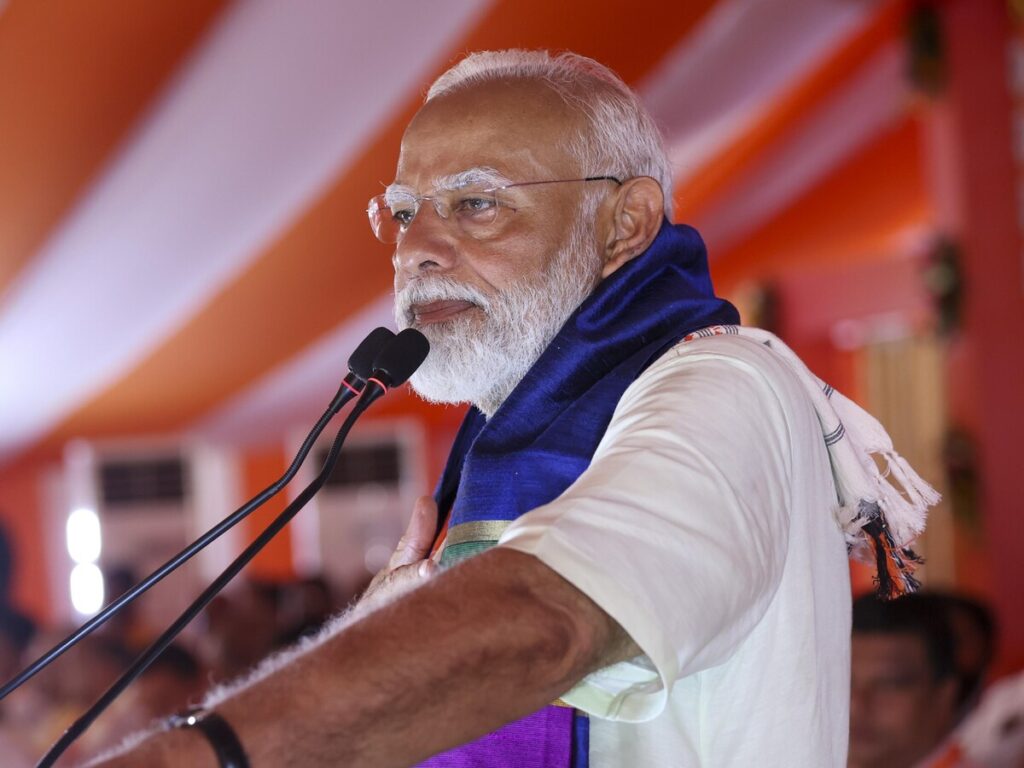By Krishna Jha
In India today, the number of unemployed especially in the working age has gone up to more than forty crore out of the population of one billion. The demon of deprivation stares at every unit of families. With occasional employment, life is barely sustained. The ruling circle never gets tired of claiming that unemployment rate has been falling. Even the government’s Periodic Labour Force Survey data showed unemployment rate had fallen to 3.1 per cent during 2022-23. However, the real time private data of CMIE shows unemployment has been hovering around 7-8 per cent.
However, at the launch of the “India Employment Report 2024: Youth Employment, Education and Skills”, a joint publication of the International Labour Organisation (ILO) and the Institute for Human Development (IHD), in New Delhi, it was pointed out that it was incorrect to expect that all the issues can be resolved by the state, especially something like unemployment.
Unemployment has gripped the labour power of entire working age people. Significantly, approach of the Modi government on employment generation was quite revealing. It clearly shows that resolving the unprecedented unemployment crisis was not a priority for Modi government. During the campaign for the Lok Sabha Election 2024, when the unemployment became a key issue among the electorate, a statement came from the Secretary of the Union Ministry of Labour and Employment that said that as many as 30 million jobs had been generated in 2022-2023 and more than 110 million jobs were added in the last five years. It meant that Modi government had already solved the unemployment crisis of the country, since only about 20 million people enter Indian Labour Market every year. It also implied that the Modi government did more than required by generating 30 million jobs in one year.
The statement had cited the provision figures from the Reserve Bank of India’s KLEMS database for 2022-23, that tracks employment generation and productivity levels in capital, labour, energy, material and services sectors. It should be noted that the official claim was not supported by even the yearly PLFS data of the Union Ministry of Labour and Employment. It may be relevant to mention here that Narendra Modi had promised 20 million jobs a year during his election campaigns in 2014, but never even tried to meet the promise.
During the election campaign, PM Narendra Modi said in one of the meetings in New Delhi that India’s “youth have opted to become job creators more than job seekers”. The sarcasm was not lost. It was like rubbing salt on live wounds. The lack of employment is a debilitating fact in the life of not only those of working age but all ages. Even children start toiling since they are four or five and reach the mature age of eighty or even above. What Dr Kaushik Basu has said recently has to be noted here now. Pointing out that India’s youth unemployment rate is among the highest in the world at 45.4 per cent, he urged the government to take corrective measures to deal with this grave issue.
By 2017-18, India’s unemployment had risen to a level that was highest in last 45 years. Now India Employment Report 2024 has portrayed a grave picture on the job front especially for Indian Youth. With this publication the country knows that millions of youths could never find jobs at all, many of them have become overage during the last 10 years of Modi rule, and even 90 per cent of those who somehow managed to find a job are informally employed, with 82 per cent in the informal sector. Self-employment remained the primary source of employment for 55.8 per cent in 2022, while casual employment was at 22.7 per cent and regular employment at 21.5 per cent.
Unemployment crisis has remained frightening both in the urban and rural areas of the country, a proof of a jobless growth model Modi government has been pursuing since 2014. Election results denying Modi a majority in the Lok Sabha should serve a lesson to him, and also NDA allies in the government. Unemployment is likely to remain a key problem for the government.
In this context, it is revealing to see what the Annual Survey of Unincorporated Enterprises (ASUSE) has discovered. It was found that the number of employed workers in the informal sector in 2023 dropped by 16.45 lakh or about 1.5 percent to 10.96 crore compared to 11.13 crore in 2015-16.What is more, the data available for the first time since 2015-16, provides an understanding of the impact of the three major exogenous shocks, that was demonetisation in November 2016, roll out of goods and services tax in July 2017, and the Covid-19 Pandemic in March 2020, on the growth of unincorporated enterprises and employment in these enterprises.
Much of the brunt of the three shocks of demonetisation, which were sudden withdrawal of cash from the system, GST that involved regulatory compliances and inclusion in the tax net, and Covid-19 that prompted the government to impose a national lockdown, all these catastrophes were born by the informal sector.
Among the top ten states that account for nearly three quarters of the informal sector labour employed in India, five states, Maharashtra, Bihar, Gujarat, Madhya Pradesh and Odisha recorded only marginal increase in the informal employment in the period between 2015-16 and 2022-23. The data for these non-agrarian sector enterprises present an indicator of jobs since the informal sector is closely watched for its capacity for job generation. And absorption of Labour force. (IPA Service)

 32 Dead In Bangladesh Anti-quota Unrest
32 Dead In Bangladesh Anti-quota Unrest 